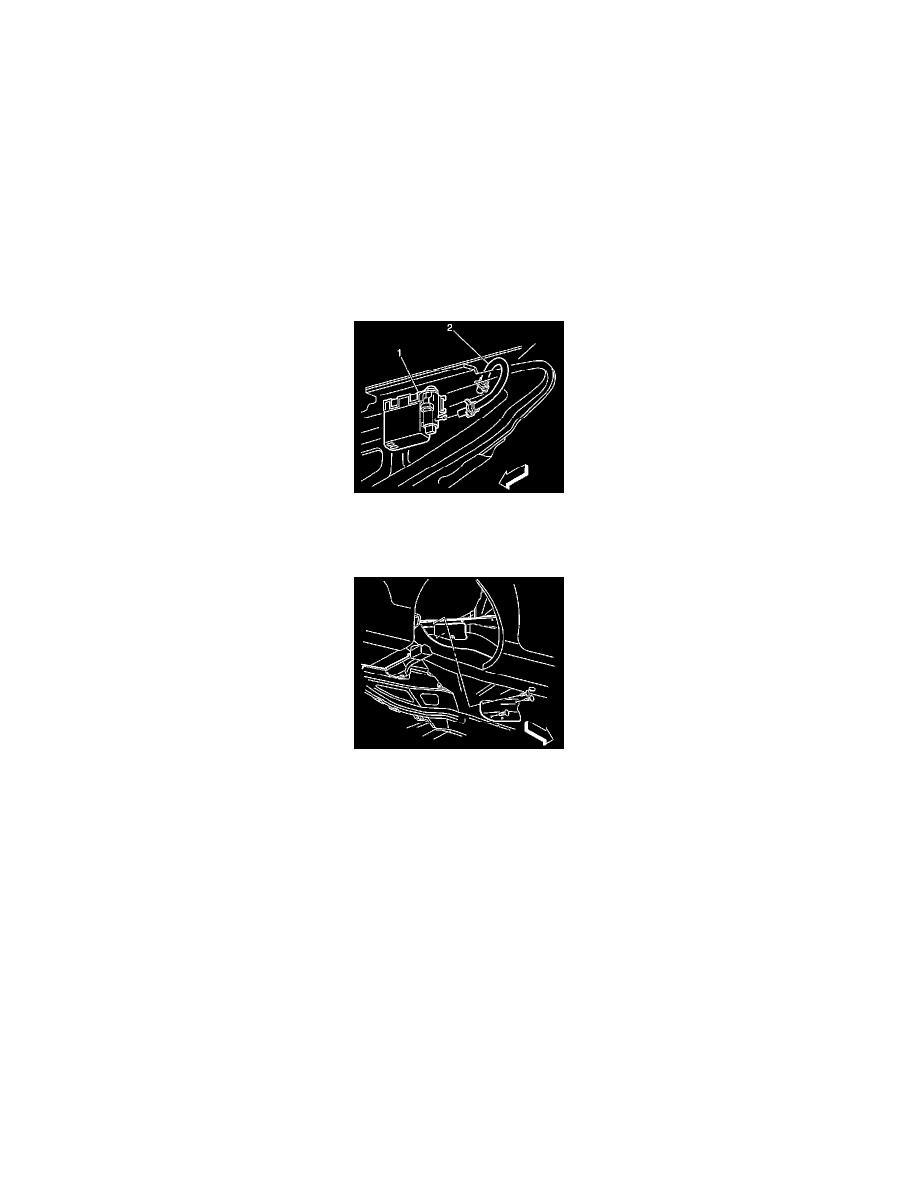Corvette V8-6.2L (2008)

Caution: In order to reduce the risk of fire and personal injury observe the following items:
*
Replace all nylon fuel pipes that are nicked, scratched or damaged during installation, do not attempt to repair the sections of the nylon fuel
pipes
*
Do not hammer directly on the fuel harness body clips when installing new fuel pipes. Damage to the nylon pipes may result in a fuel leak.
*
Always cover nylon vapor pipes with a wet towel before using a torch near them. Also, never expose the vehicle to temperatures higher than
115°C (239°F) for more than one hour, or more than 90°C (194°F) for any extended period.
*
Apply a few drops of clean engine oil to the male pipe ends before connecting fuel pipe fittings. This will ensure proper reconnection and
prevent a possible fuel leak. (During normal operation, the O-rings located in the female connector will swell and may prevent proper
reconnection if not lubricated.)
1. Remove the caps from the EVAP vent valve and the EVAP canister.
2. Route the vent hose over the floor panel tunnel panel rear brace.
3. Install the clamps on the vent hose.
4. Connect the vent hose to the EVAP canister.
5. Connect the vent hose (2) to the EVAP vent valve.
6. For vehicles equipped with automatic transmission, install the right muffler . Refer to Exhaust Muffler Replacement - Right Side (See: Engine,
Cooling and Exhaust/Exhaust System/Muffler/Service and Repair) .
7. Install the EVAP canister access cover.
8. Install the right rear wheelhouse panel. Refer to Rear Wheelhouse Liner Panel Replacement (See: Body and Frame/Fender/Rear Fender/Rear
Fender Liner/Service and Repair) .
9. Lower the vehicle.
